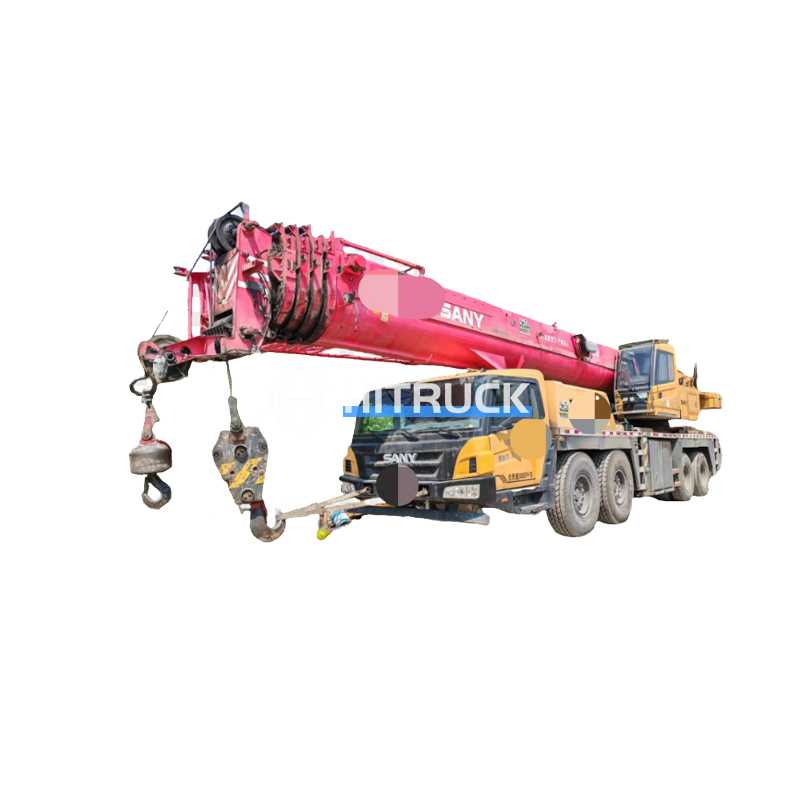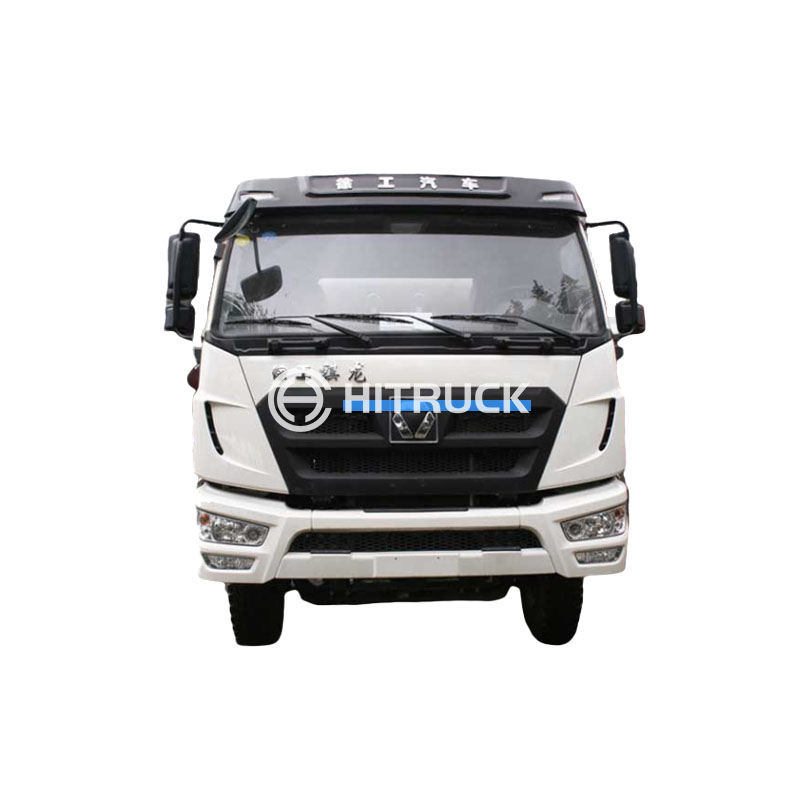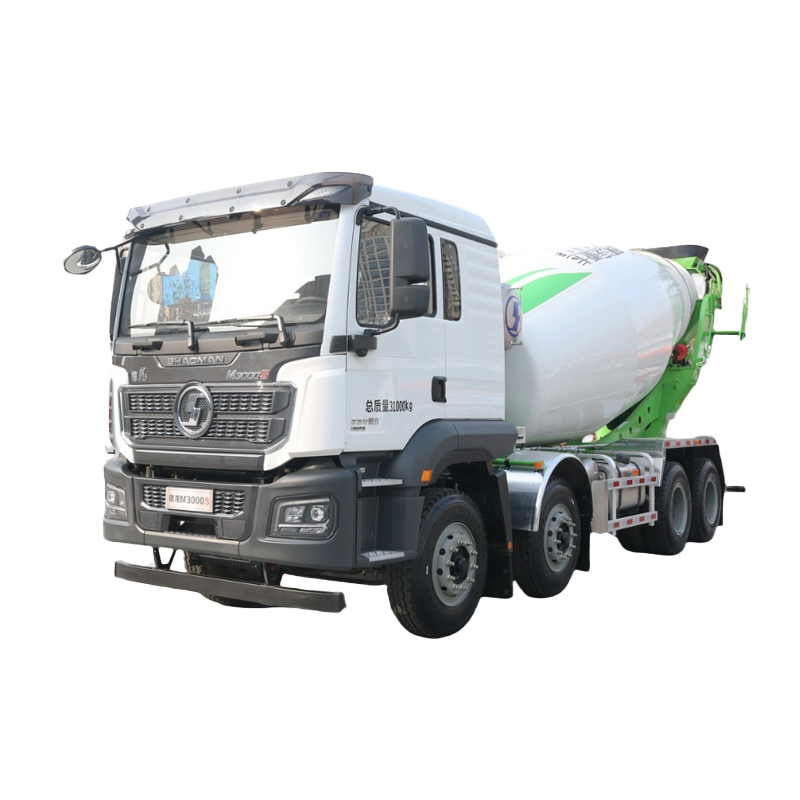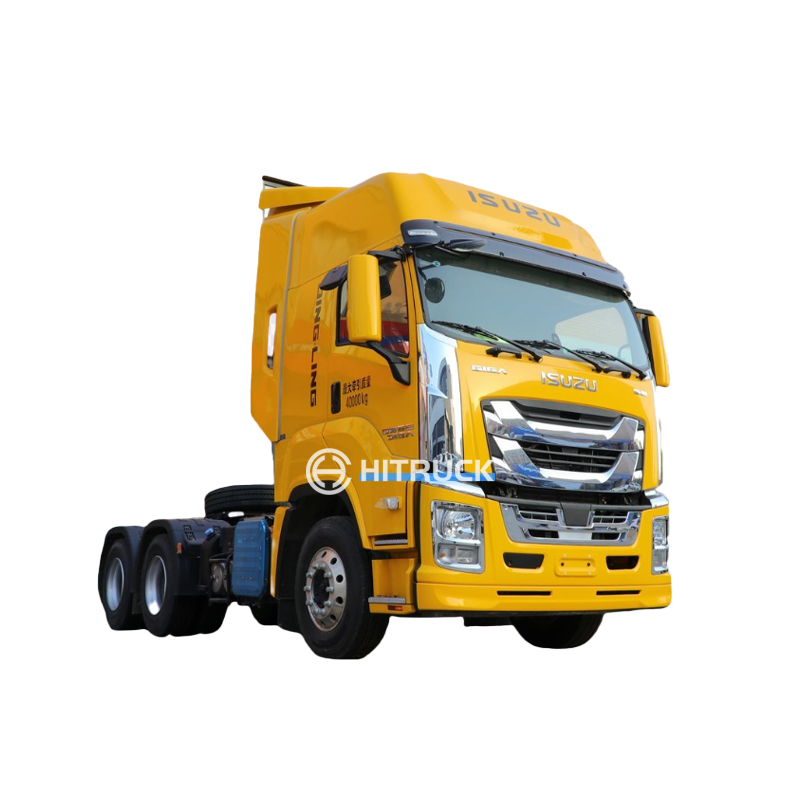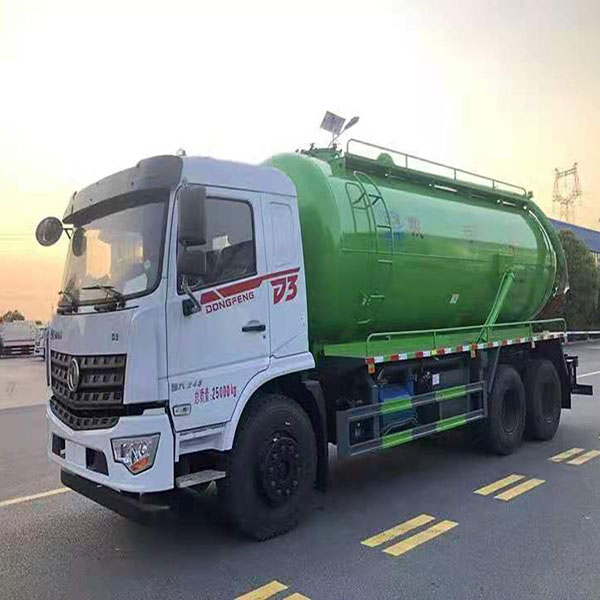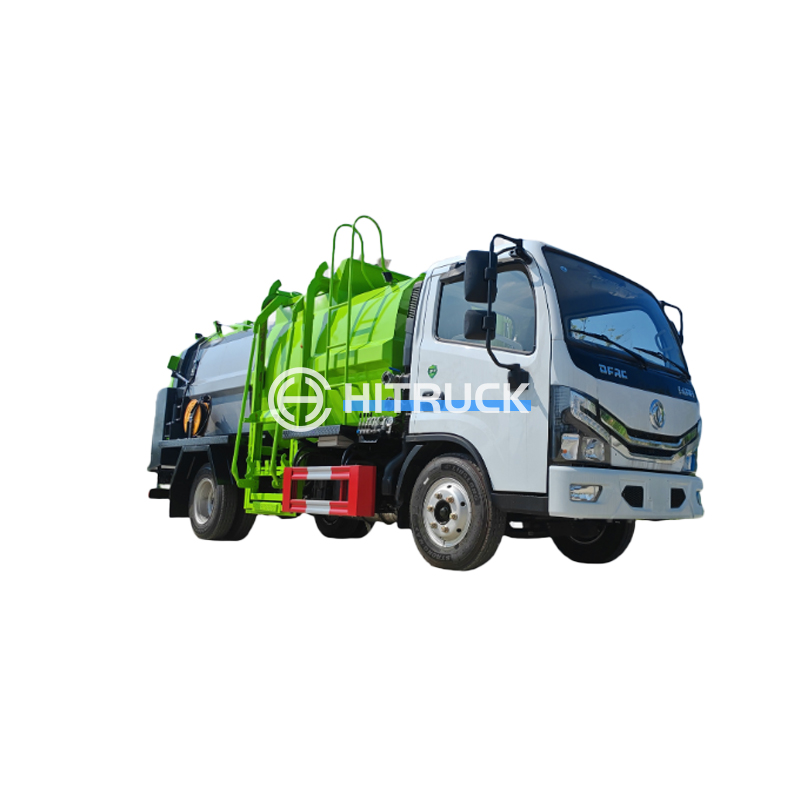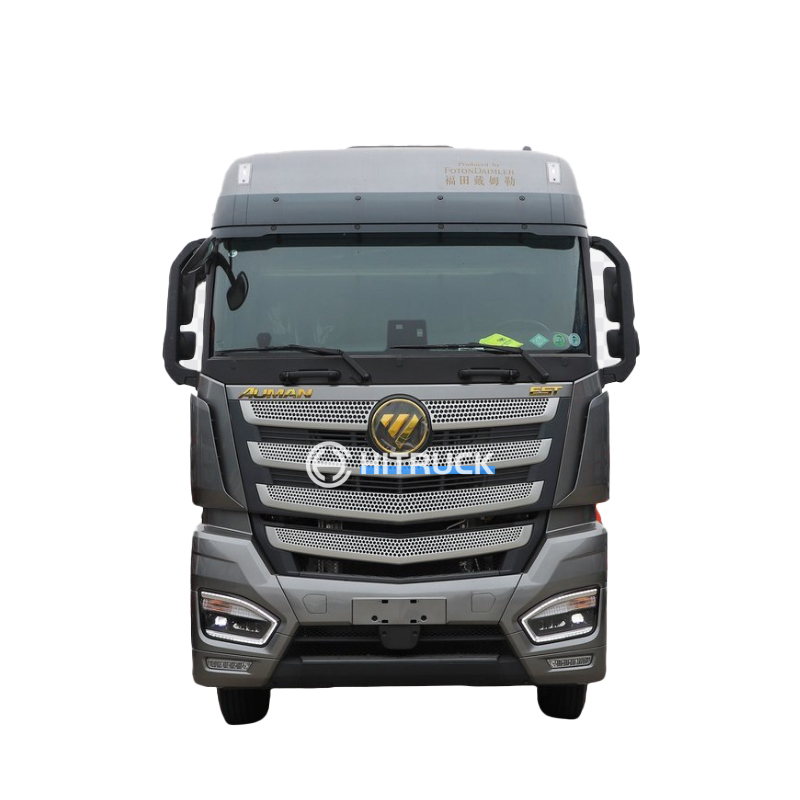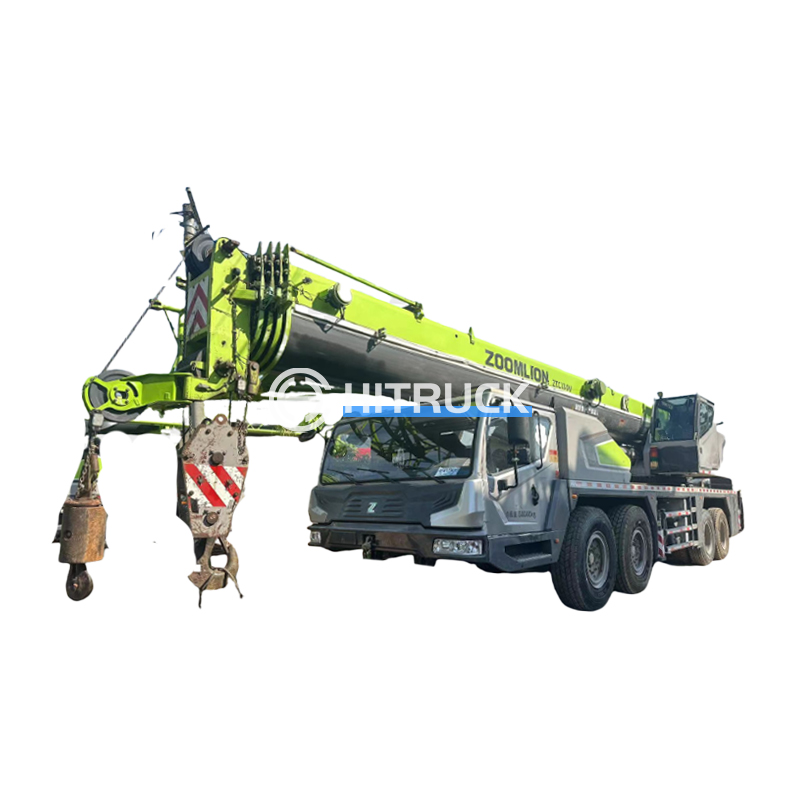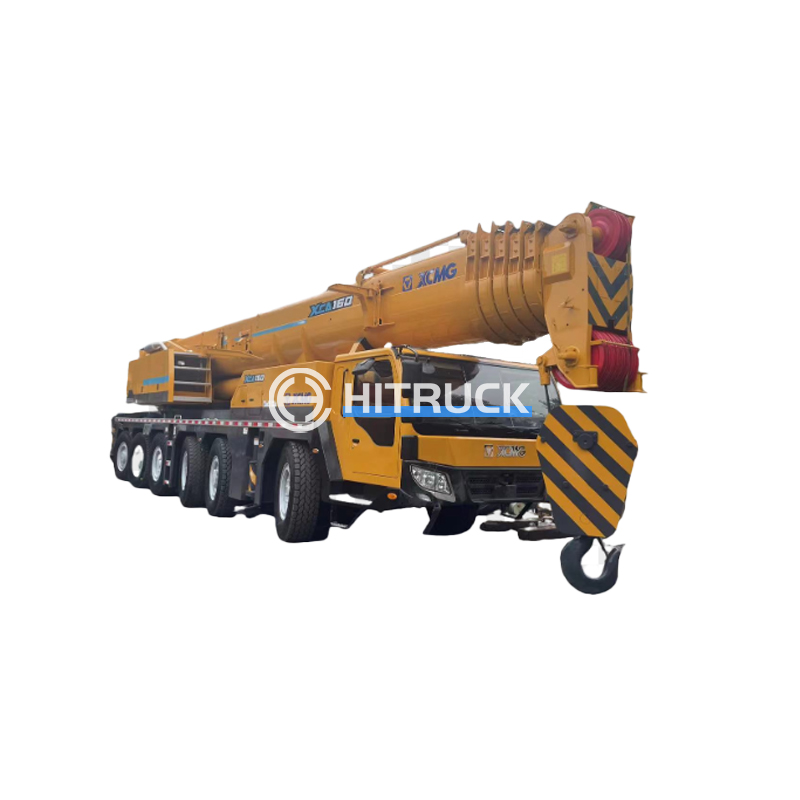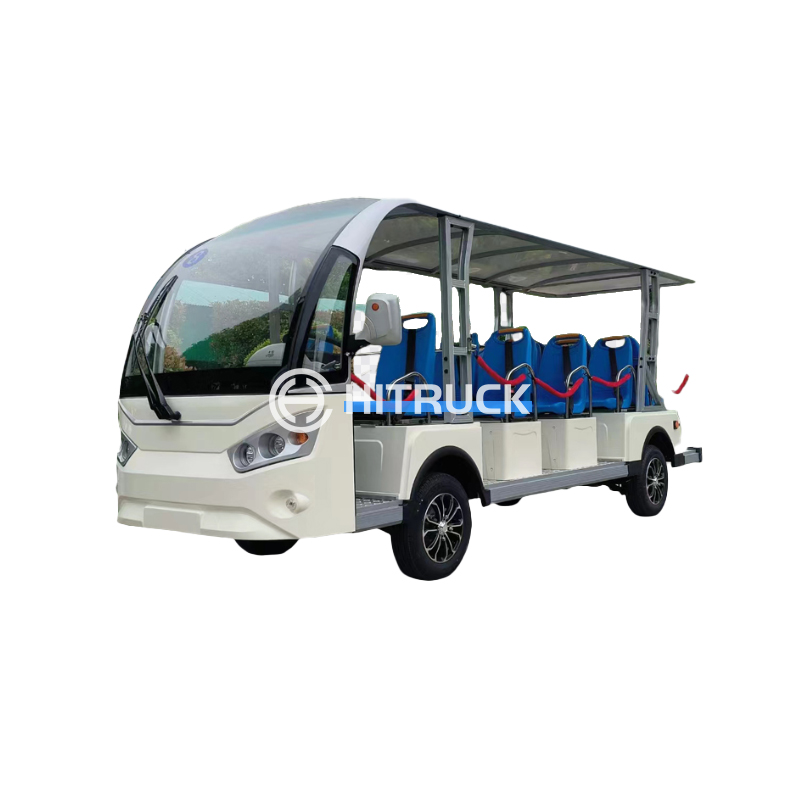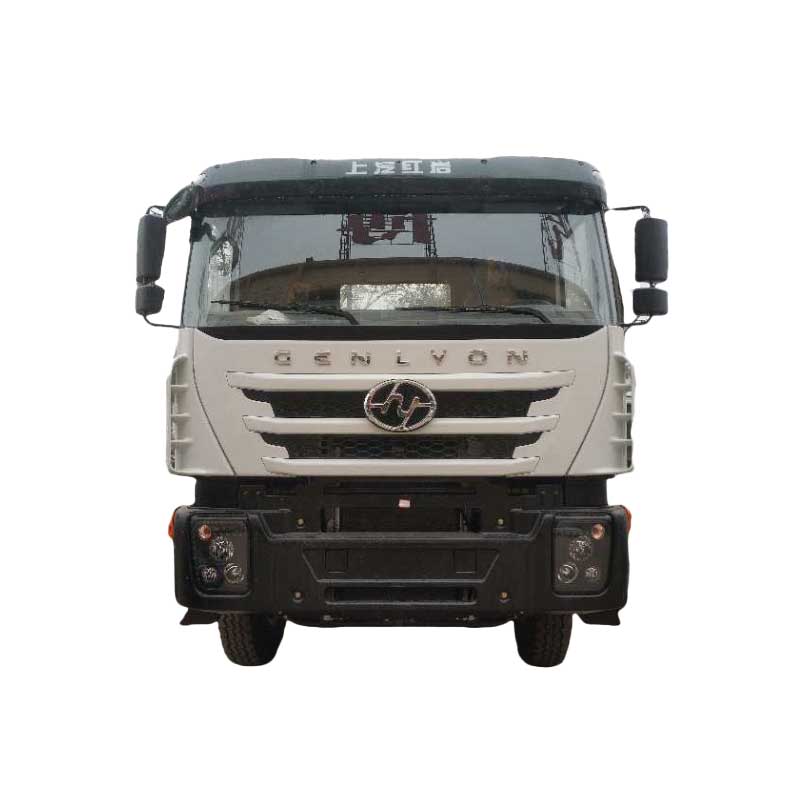This guide provides a detailed overview of aircraft fire trucks, covering their design, capabilities, and importance in airport safety. Learn about the different types available, the technology they utilize, and the crucial role they play in protecting lives and property at airports worldwide.
Extinguishing fires involving aircraft presents unique challenges compared to terrestrial firefighting. Aircraft fires often involve jet fuel, which burns rapidly and intensely. Furthermore, the size and structure of aircraft can make access difficult. Aircraft fire trucks are specifically designed and equipped to handle these challenges effectively. They need to be highly mobile, capable of rapid deployment, and possess powerful extinguishing agents to quickly suppress fires before they spread.
Modern aircraft fire trucks are sophisticated pieces of equipment. They feature high-capacity water tanks, powerful pumps, and specialized extinguishing agents like Aqueous Film Forming Foam (AFFF) and halon replacements. Many incorporate advanced technology such as thermal imaging cameras for enhanced visibility in smoke-filled environments, and sophisticated navigation systems for quick response times. The design also considers the weight and maneuverability needed to navigate airport runways and taxiways efficiently.
There's a variety of aircraft fire trucks available, each designed for specific needs and capabilities. These can range from smaller, lighter vehicles suitable for smaller airports to massive, high-capacity trucks for larger international hubs.
These are generally smaller and more maneuverable, ideal for smaller airports or general aviation facilities. They offer good response times and sufficient capacity for smaller aircraft incidents.
These represent a balance between capacity and maneuverability, suitable for a wide range of airport sizes and types of aircraft. They provide a good balance between initial attack capacity and the ability to navigate airport environments.
Designed for large international airports, these vehicles boast significantly increased water and foam capacity, powerful pumps, and advanced extinguishing systems. They are crucial for handling large-scale incidents involving wide-body aircraft.
The field of aircraft fire truck technology is constantly evolving. Manufacturers are continuously improving the efficiency and effectiveness of their vehicles. This includes advancements in pump technology, improved foam application systems, and the integration of more sophisticated sensors and control systems.
Research is ongoing to find more environmentally friendly and effective extinguishing agents to replace traditional substances. This is driven by environmental concerns and the need for superior fire suppression capabilities.
Advanced training simulations are critical for ensuring firefighters are prepared to handle the unique challenges of aircraft firefighting. These simulations often utilize sophisticated software and realistic scenarios to enhance operator skill and decision-making.
Selecting the appropriate aircraft fire truck for a particular airport depends on several factors, including the size of the airport, the types of aircraft served, and local regulations. Consult with reputable manufacturers and fire protection specialists to determine the optimal solution for your specific needs. For high-quality aircraft fire trucks and related equipment, consider exploring options from leading manufacturers and distributors. You might find some excellent choices at suppliers such as Suizhou Haicang Automobile sales Co., LTD who provide a wide selection to meet various requirements.
Aircraft fire trucks play a vital role in airport safety and security. Understanding their capabilities, the latest technologies, and the factors to consider when selecting them is crucial for maintaining high safety standards in the aviation industry. The continued development and refinement of these vehicles ensure that airports worldwide can respond effectively to fire emergencies, protecting lives and minimizing damage.

